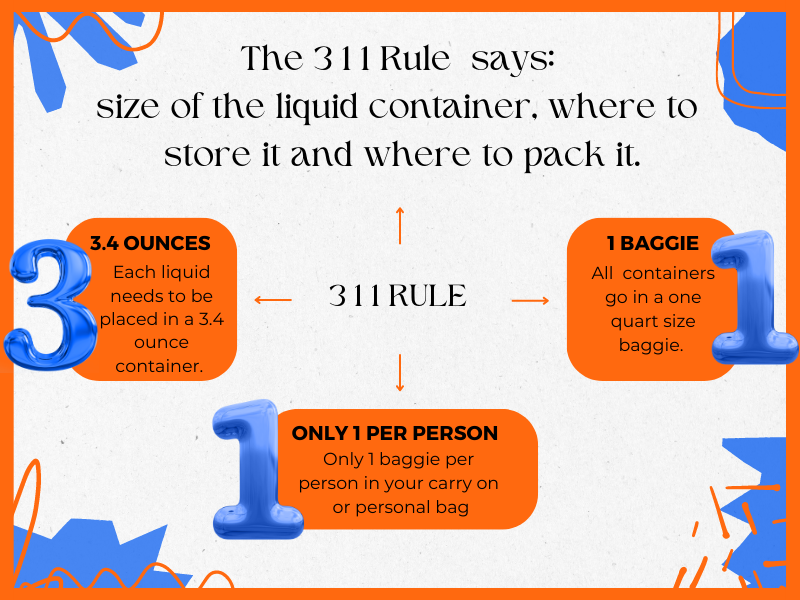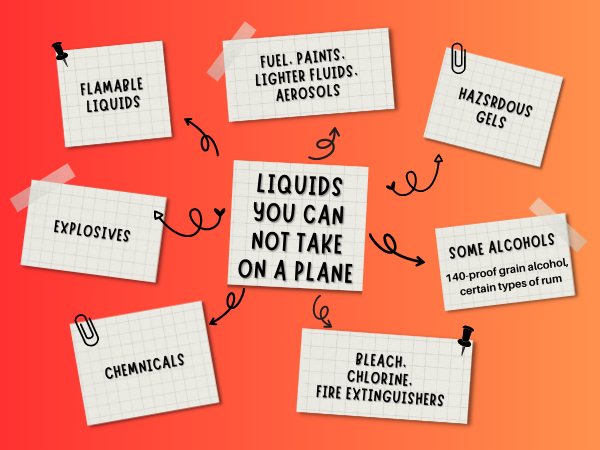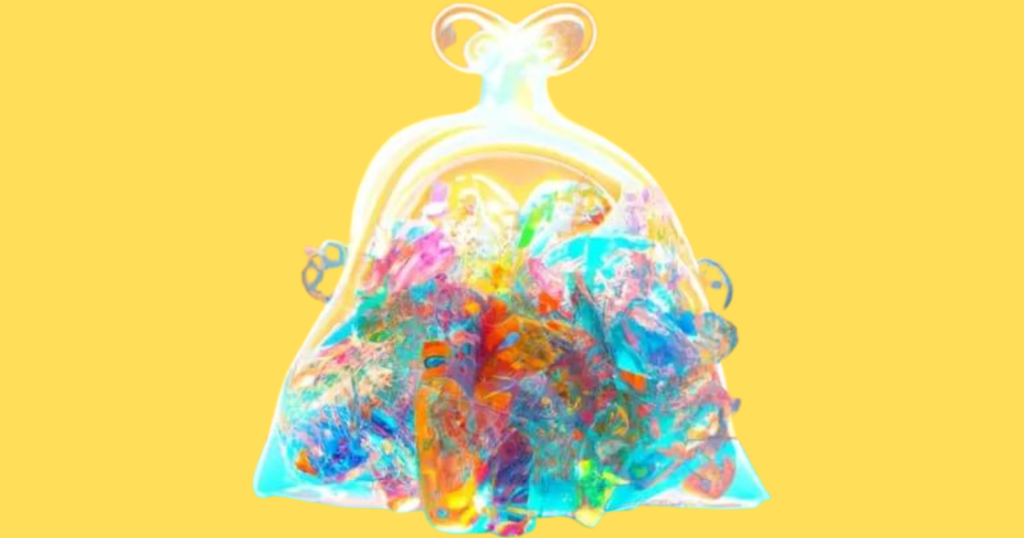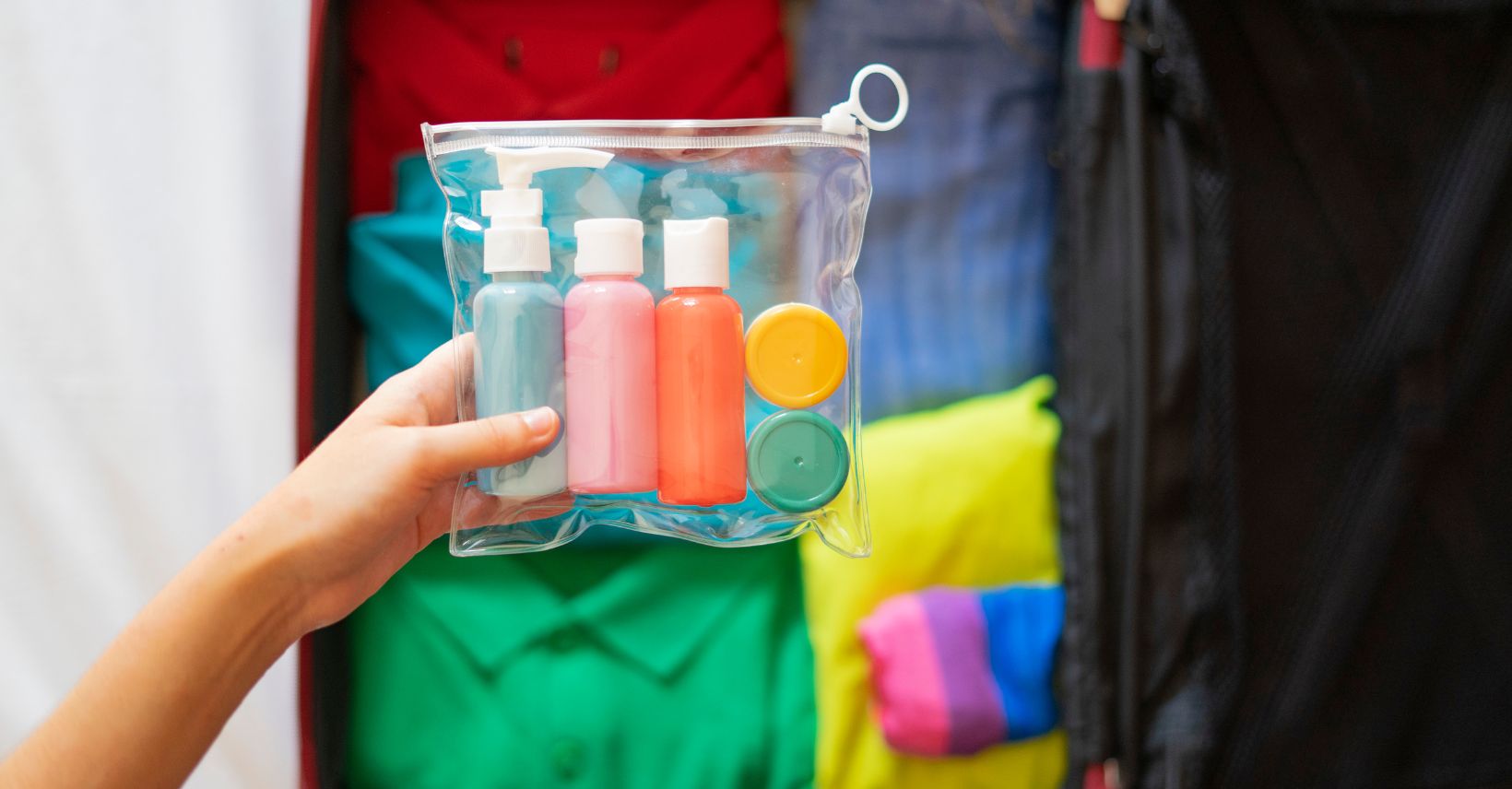In the world of air travel, the “3 1 1 Rule” is a term you’ve likely come across. If you’re packing your carry-on bag and trying to figure out how to manage your liquids, this guide is for you.
It’s not uncommon to find yourself in an airport security line, scratching your head over the restrictions on liquids, aerosols, and gels. How many bottles can you carry? What’s the permitted volume? How should they be packed?
What Is The 3-1-1 Rule?
- The 3 in the 3 1 1 rule refers to the TSA liquid size limit, which is the amount of liquid you can carry in a bottle onto your flight, either in your carry on luggage or personal carry on. So you must have a 3.4-ounce travel-size container with only 3.4 ounces of liquid products in each one.
- The first, 1 in the 3 1 1 rule, refers to a one-quart size bag. You can stuff all the liquids you can fit into this one-quart size bag. The bag must be clear and no larger than a quart.
- The second, 1 in the 3 1 1 rule, refers to how many bags one person can carry onto the plane. Each person can have only one quart-sized bag with liquids as a carry on item, so if you are traveling alone, then only one bag. But if you have children who carry their own carry on luggage, they can also have one bag apiece.
Now that you have a clear understanding of the 3 1 1 rule why should you trust me? With years of travel and luggage experience under my belt, I’ve navigated the complexities of the 3 1 1 Rule countless times. I’m here to pass on my understanding and tips to you. If you want to further demystify the 3 1 1 Rule this guide is for you.
Let’s tackle the 311 Rule together, turning it from a packing puzzle into a simple checkpoint on your travel checklist. Ready for a smoother journey? Let’s go!
What Is The 3-1-1 Rule For TSA?
You may or may not be familiar with the liquids TSA 3-1-1 rule. So, let’s get a bit of history to better our understanding. The 3-1-1 liquids rule began after September 11th, 2001.
The TSA (Transportation Security Administration) sets rules to keep us safe when we fly. A lot of these rules changed with the disaster of 9-1-1. In other words, the TSA 3-1-1 liquids rule started after the towers came down.
When you ask, “What is TSA 3-1-1 rule?” it is a process governed by TSA to simplify the airport security screening process so you can easily pass through the checkpoint.
Why Is It Called The 3-1-1 Rule?
Let’s break down the 311 rule.
- The 3 in the 3 1 1 liquid rule refers to the amount of liquid you can carry in a bottle onto your flight, either in your carry on luggage or personal carry on. So you must follow the TSA ounce limit and have a 3.4-ounce travel-size container with only 3.4 ounces of liquid products in each one.
- The first, 1 in the 3 1 1 rule, refers to a one-quart size bag. You can stuff all the liquids you can fit into this one-quart size bag. The bag must be clear and no larger than a quart.
- The second, 1 in the 311 TSA rule, refers to how many bags one person can carry onto the plane. Each person can have only one quart-sized bag with liquids as a carry on item, so if you are traveling alone, then only one bag. But if you have children who carry their own carry on luggage, they can also have one bag apiece.
Image Of The 3-1-1 Liquids Requirements

Liquids That Are Allowed In Your Carry On To Comply With The 311 TSA Rule
Now that we have a better understanding of what the 3 1 1 rule TSA stands for, you may wonder what liquids you can take on a plane.
Below is a list of liquid items you can take that meet the 311 liquids rule; however, it is not an all-inclusive list. But it does cover a wide range of toiletries that TSA will allow in your carry-on.
NOTE: The list is for domestic US flights only, and each one must be in an individual 3.4-ounce container. Please check with tsa.gov for further instructions on the TSA liquid rules.
What Are 3-1-1 Liquids?
| Alcohol 3.4 ounces and less than 70% alcohol content | E-liquids 3.4-ounce bottles or less | Liquid foundation 3.4 oz or less | Peanut butter 3.4 oz or less |
| Cream cheese 3.4 oz or less | Eye drops 3.4 oz or less | Liquid soap 3.4 oz or less | Salad dressing 3.4 oz or less |
| Chocolate liquid 3.4 oz or less | Eyeliner 3.4 oz or less | Lotion 3.4-ounce or less container | Shaving cream 3.4 oz or less |
| Conditioner 3.4 oz or less | Hair gel 3.4 oz or less | Makeup remover 3.4 oz or less | Soups 3.4 oz or less |
| Cream 3.4 oz or less | Jelly 3.4 oz or less | Maple syrup 3.4 oz or less | Toothpaste |
| Cream spreads and dips 3.4 oz or less | Liquid detergent 3.4 oz or less | mascara 3.4 oz or less | Vitamins (liquid) 3.4 oz or less |
Liquids That Are NOT Allowed In Your Carry On Or Your Checked Bags
There are several items that, even if they could be considered “liquid,” will not follow the 3 1 1 rule and are NOT permitted in carry-on or checked baggage due to their dangerous nature:
- Flammable liquids: This includes fuel, paints, lighter fluids, and aerosols.
- Gels that can be considered hazardous: Gel-type candles and gel fuel.
- Explosive or flammable substances.
- Chemicals: This includes bleach, chlorine, and fire extinguishers.
- Alcoholic beverages over 140 proof, like grain alcohol or certain types of rum.
- Any other potentially dangerous substances will not be a part of the 3-1-1 rule.
Please check the latest TSA liquid limit guidelines on their official website to get the most accurate and updated information.

The 3-1-1 Rule Exceptions
However, there are some exceptions to the 3 1 1 rule for liquids. For instance, if you are coming to the US from an overseas airport on an international flight, you can enter with duty-free liquids. In other words, when you buy bottles of alcohol or, let’s say, some liquid makeup, you can have more than 3.4 ounces, as stated in the 3 1 1 rule.
But this part of the 311 rule also has stipulations such as:
- You must purchase them at a duty-free site.
- It must be on a flight into the US, and it must be an international connecting flight because you will have to recheck your bags through customs.
- The retailer must place your purchase in a clear, secure bag with no evidence of tampering.
- You must have the receipt of the purchase to show security.
- Finally, the liquids were purchased in the past 48 hours.
A second exception includes nourishment for infants and children. These items include breast milk, formula, baby/toddler food, and toddler drinks. TSA requires you to take all products out of your bags and place them in a bin to pass through the security scanners. It will also help to inform the TSA of what you are carrying and why. See further rules on the TSA site.
A third exception to the 3-1-1 rule is in the case of liquid medications. A medical document from your doctor describing your condition will help make a smooth transition through security. See further information on medications on the TSA site.
Now for our final exception. You can take a water bottle with you on the plane in your carry on bags. It can be any size you like; however, you must empty it before you go through the security checkpoint.

How To Pack Liquids In Your Carry-on
Follow the 3-1-1 rule, and you will be fine to go through the airport security checkpoint. However, we do have a few pointers for you. Understanding the principles of this rule will not only ensure your compliance with TSA regulations but also help expedite your travel experience.
Above, we explained the 311 travel rule. Remembering the 3-1-1 rule is the first step to ensuring a smooth experience with airport security.
Preparing Your Liquids
Follow these steps to pack your liquids according to the 3 1 1 rule:
- Purchase travel-sized containers: To comply with the 3-1-1 rule, you can buy travel-sized versions of your favorite products or buy refillable travel-sized containers.
- Pack liquids in a quart-sized bag: All your travel-sized containers should fit into a clear, quart-sized, zip-top plastic bag. This bag should be easy to remove from your carry-on for screening.
At the Security Checkpoint
Here’s what you need to know when you’re at the security checkpoint:
- Present your liquids separately: Take out the quart-sized plastic bag from your carry-on and place it in a bin for screening. By doing so, you’re simplifying the process for TSA agents, which can help speed up the line.
- Declare larger liquids: Medications, baby formula/food, and breast milk are allowed in reasonable quantities exceeding 3.4 ounces and are not required to be in the zip-top bag. Declare these items for inspection at the checkpoint.
Keep these pointers in mind, and you’ll find that the 3-1-1 rule is easy to follow, ensuring a smooth and efficient journey through airport security.
What Happens At The Security Checkpoint If I Don’t Follow The TSA 3-1-1 Rule?
Well, maybe nothing will happen, and then again, you may lose your liquid items. By lose, I mean TSA can take them away if you are not following the limitations on liquids rule.
But some TSA agents are a bit more relaxed on the 311 rule liquids. With that said, I don’t know where these laid-back TSA agents are. So, if you want to take the chance that you won’t have your liquids when you reach your destination, by all means, try taking larger amounts and see what happens.
Each TSA agent can make a judgment call on the 311 rule based on their training and what they know has happened that day, week, or month and decide if you are carrying travel-size bottles or not.
If you have more information on whats the 311 rule, please leave it in the comments below for all of us. Thank you.
TSA And Facebook
TSA has a Facebook page with valuable information that will be a great resource for you. You can either search TSA on Facebook or click on this link to go directly there.

FAQs Regarding The 311 Liquid Rule
Here are a few questions you may have about the 3-1-1 Rule.
Why is it called the 3-1-1 rule?
To sum it up, the 3 is for the liquids that must be in a 3.4-ounce container. The 1 is for only a 1-quart size bag full of liquid containers, and the last 1 is for only a 1-quart size baggie per person per flight in your carry on bag or personal bag.
Does the 3 1 1 rule only apply to carry-on?
The 311 rule TSA applies to any bag you carry onto a plane to fly. You can put your quart-size baggie in your personal bag if you choose, but you can only have one baggie per person. So, only one baggie in any one of your carry-on or personal bags.
Does toothpaste count as a liquid TSA?
Toothpaste is a liquid under the RSA guidelines. So, either pack it in your checked luggage or if it is in your carry on bag, it must be 3.5 oz or less.
How many 3.4 oz bottles can I carry-on a plane?
So, how many bottles can you have in your carry on bag? Just as many as you can shove into one quart-size clear zip lock bag.
Video Overview Of The 3-1-1 Rule
This short video will help with a better understanding of the 3-1-1 Rule.
Additional Resources
If you are looking for more tutorials, walkthroughs, and troubleshooting on TSA, here are some additional posts about TSA:
3-1-1 Rule Conclusion
We now better understand the 3-1-1 liquids rule and how to follow the guidelines to avoid a crisis. There are acceptable liquids and unacceptable liquids you can carry on a plane. You can put larger bottles of liquids in your checked luggage but only 3.4-ounce bottles in your quart-size baggie to carry on your flight.
There are exemptions and some liquids that are prohibited. I suggest you always check with the TSA site when in doubt.
Happy travels, my friends.
